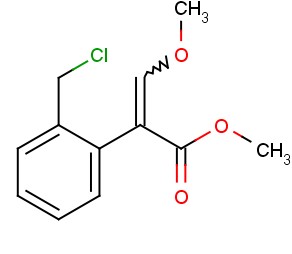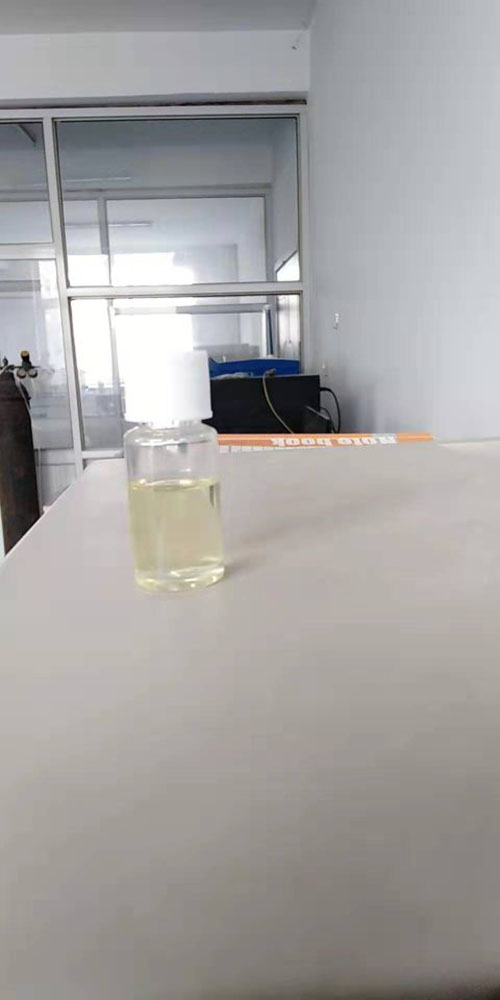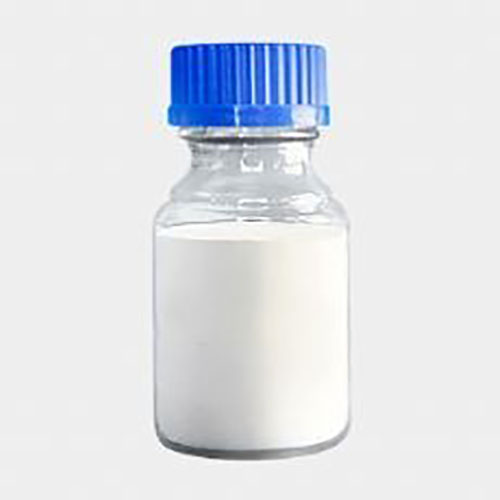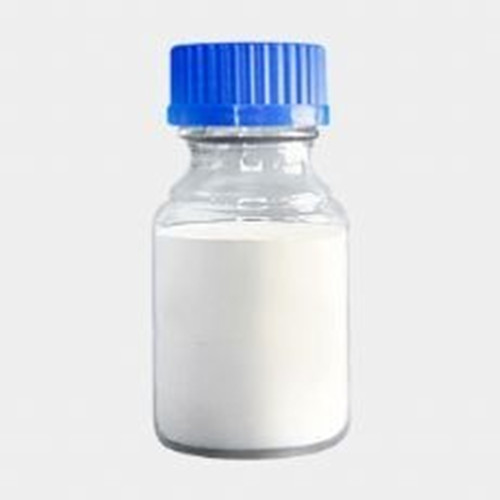Codon Optimization
Codon optimization
Codon optimization refers to the use of preferred codons, that is, to avoid the rare codons with low utilization, to simplify mRNA’s secondary structure after gene transcription, to remove the motif which is not conducive to efficient expression and add the helpful one, to adjust the GC content and other methods to re-design genes. The commercialization of gene synthesis has greatly promoted the application scope and influence of
codon optimization
.
The optimal expression of gene is achieved through the systematic design of the gene itself, the vector, the host system and the culturing/inducing condition. Researchers generally focus on the selection of appropriate expression vector and host system, while ignoring whether the gene itself and the vector as well as the host system are compatible perfectly. For the design and optimization of genes and vectors, we pay attention to the following important aspects:
- Codon bias
Different species have different frequency of synonymous codon usage, and this codon bias has an influence on the translation process. If an mRNA has many clusters of rare codons, it will cause negative effects on the speed of ribosome movement, which reduces the protein expression level greatly. If the synonymous codon usage frequency of the gene matches with the expression host, the expression level of the protein will be significantly increased. We usually use codon adaption index to represent the matching degree, most commonly, CAI≥0.80 is considered as the standard to predict recombinant protein’s efficient expression.
In addition to codon bias, the usage efficiency of codons ‘combination should also be considered. In other words, in most cases, the effect of using high-frequency codon is not the best, the combination of high-frequency and sub high-frequency codon will be better. Taking both high-frequency codon and sub high-frequency codon into account would be better than using only one of them. The self-developedNGTMCodonoptimization software of Synbio Technologies is the pioneer in industry.To solve codon bias is a basic way to achieve codon optimization.
- mRNA secondary structure
mRNA secondary structure is another important factor that affects the translation process. Complex and stable secondary structure especially those near the ribosomal binding site (RBS) will hinder the translation process, Hairpin in DNA sequence is one of the symbols of mRNA secondary structure. Effective software can be determined by its ability to identify and reduce the hairpin structure in DNA sequences.
- Trans-acting elements and the removal of restrict enzyme sites
The optimization process needs to not only take the elements / sequences that have positive effects on translation into account, but also consider the negative one. Any trans-acting component that has a negative effect on transcription and translation should be removed through codon optimization software in order to eliminate multiple barriers during transcription and translation.
Restrict enzyme sites need to be individually eliminated according to the cloning strategy so as to avoid the conflict between the enzyme sites thereby affecting the operation of constructing expression vector. Therefore, removing the negative trans-acting elements and restrict enzyme sites are effective ways to achieve codon optimization.
- GC content
There are 2 hydrogen bonds between AT, and 3 hydrogen bonds between GC, so the content of GC directly affects the combined stability and annealing temperature of DNA sequence. The GC content of the promoter and other conserved regions are relatively high. In addition, the content of GC also affects the thermodynamic stability of mRNA and the secondary structure of mRNA.
- Translation initiation and termination efficiency
Besides the aspect of GC content, codon optimization is achievable in terms of translation process. Protein stability, mRNA stability and translation efficiency play major roles in protein yield and solubility. The translation process is divided into three stages: initiation, extension and termination.
First of all, the initiation process determines the quantity of protein expression. To start translation, prokaryotic mRNA requires a specific ribosome binding sequence called Shine-Dalgarno sequence in 5`UTR. While, in eukaryotic cells, an effective initiation depends on the Kozak sequence around the upstream and downstream of initiation codon ATG.
Efficient extension determines the amount of protein that can be accumulated. This has been discussed in detail in previous chapters.
Termination is a necessary step in the life cycle of a protein transformation, but it is most likely to be ignored. Scientific research shows that the termination efficiency has a great influence on the protein expression level. The vast majority of organisms have a preferred sequence of termination codon, for example, the preferred termination codons of yeast and mammalian are UAA and UGA respectively, monocotyledon commonly use UGA, while insects and E. coli tend to use UAA.
NGTMCodonoptimization software can solve above problems perfectly, if you are not satisfied with your gene sequence optimization effect, you can place an order or consult we guarantee to give you feedback within 1 hour during working days.
Codon Optimization Wiki
- Codon Usage Bias
- Codon Optimization Software
- Synbio Technologies’ Codon Optimization Strategy
How to order
Tel +1 |
Fax +1 609 228 5911 |
Online Inquiry online inquiry submission form |
Отправить запрос, связаться с поставщиком
Другие товары поставщика
| Syno® 2.0 Gene Synthesis Services | Gene Synthesis Synbio Technologies is one of the leading companies insynthetic biologyindustry, especially with respect to gene synthesis. We have... | |
| PCR Cloning & Subcloning | PCR Cloning and Subcloning PCR cloning and subcloning are two main approaches to amplifying DNA sequences. Synbio Technologies is confident in o... | |
| Synbio Technologies’ PCR cloning and Subcloning Technology | PCR cloning and subcloning technology, first developed in the 1970s, is now a staple in every molecular biology lab in the world. Cloning allows re... | |
| Synthetic Biology Definition | Synthetic biology refers to the design and construction of novel biological components, systems, and technologies through logic and existing biolog... | |
| Syno® 2.0 Gene Synthesis Services | Gene Synthesis Synbio Technologies is one of the leading companies insynthetic biologyindustry, especially with respect to gene synthesis . We h... |
Похожие товары
| Methyl-3-Methoxy-2-(2-Chloromethylphenyl)-2-Propenoate | Продавец: Jostrong Tianjin Technology Co Ltd | Cas No: Purity: 99% Molecular formula: C12H13CIO3 Molecular weight: 241 Application: Pharmac... | |
| 6-Ethyl-5-Fluoro-4-Hydroxy Pyrimidine | Продавец: Jostrong Tianjin Technology Co Ltd | Cas No: Purity: 99% Appearance: White to off-white powder Molecular formula: C6H7FN2O Molecu... | |
| 4-Chloro-6-Ethyl-5-Fluoro Pyrimidine | Продавец: Jostrong Tianjin Technology Co Ltd | Cas No: Purity: 99% Appearance: Colorless to light yellow liquid Molecular formula: C6H6CIFN2... | |
| 2-Methyl-4-(Trifluoromethyl) Thiazole-5-Carboxylic Acid | Продавец: Jostrong Tianjin Technology Co Ltd | Cas No: Purity: 96% Appearance: White to off-white powder Molecular formula: C6H4F3NO2S Mole... | |
| 2-Hydroxy-6-(Trifluoromethyl) Pyridine | Продавец: Jostrong Tianjin Technology Co Ltd | Cas: 34486-06-1 Purity: 99% Appearance: Greyish-white powder Molecular formula: C6H4F3NO Mole... |





















